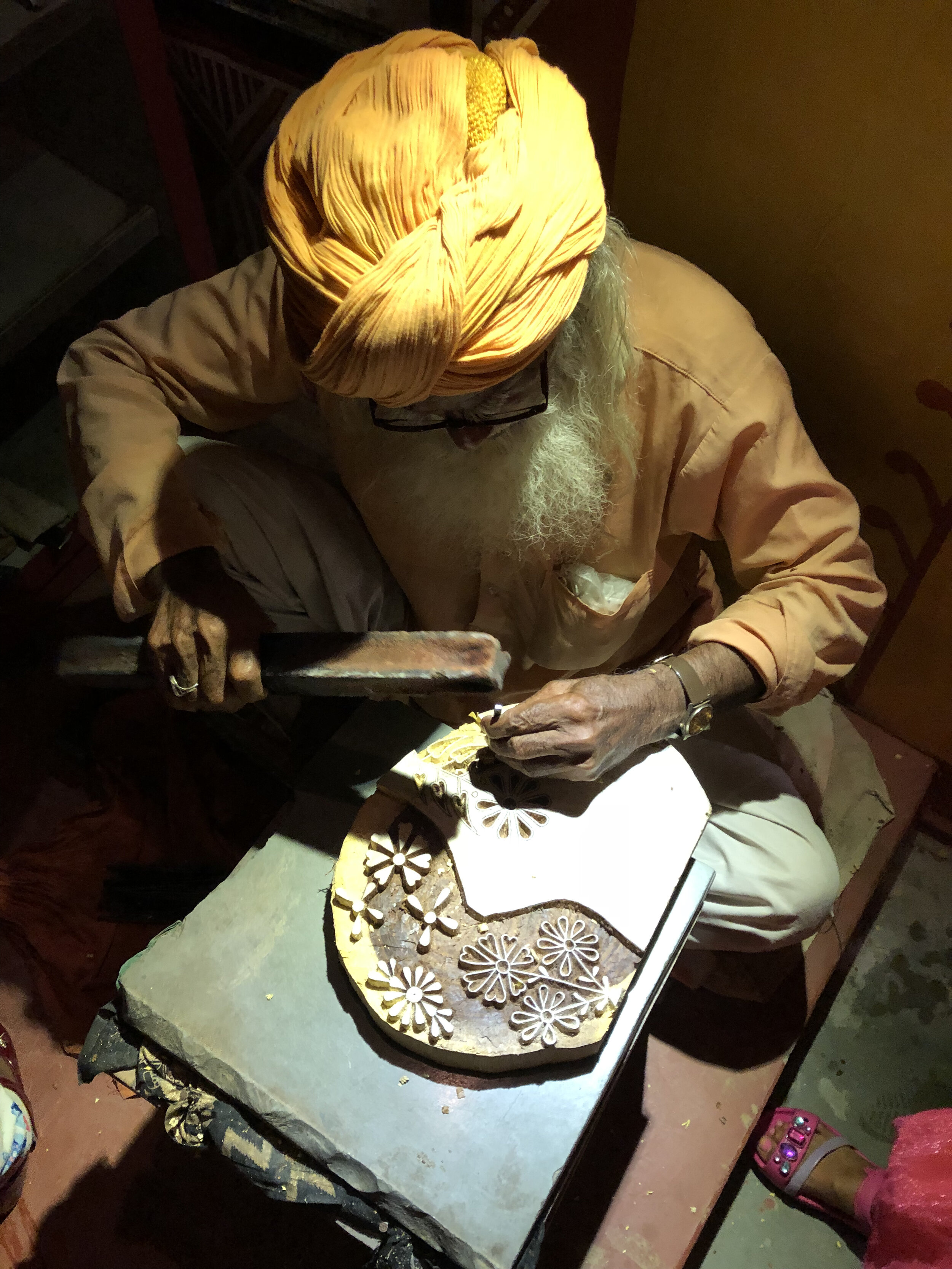Pin Code Based Jobs - the next wave
Training, Talent and Tech and the growth of 4 Vs is creating the base for Pin-code based jobs for India. It is the moment for the Next Billion.
Ever since Taj Westend Hotel, Bangalore was established in 1887, this letterbox has stood there. That letterbox has 560001 painted on it. This Postal Index Number or PIN Code number holds the clue to the next wave of jobs in India.
The needs of the next billion are very different and hard for even urban Indians to empathise with
Video, Visuals, Voice and Vernacular
Almost 35% of top Google searches in the past year were in non-English languages (key APAC markets). In Philippines, there is a 120% increase in searches for “hey google”, showing a rise in voice activated searches.
In the last four years vernacular content and video drive the 2.5 times rise in internet adoption in rural India. There is 90% growth in Google searches for “translate English to Hindi” (India). Mobile is the device of choice for 100% of active users to browse the internet. Visuals are being used by Dreamers and Unicorns as they try to reach this market of 400 million consumers of 'Middle India'.
Training, talent and tech
TRAINING
With 700 million internet users makes it a market as large as Europe. According to Kantar, with a 45% growth in internet penetration in rural India 2019, it is 4x of the urban user base. The pandemic closed the schools and brought in children and housewives to start using the internet. It was a giant training program that forced people to use digital services for financial services, healthcare, grocery and education.
Talent: Startups like Jumbotail have built a marketplace platform that connects thousands of mom & pop grocery retailers -‘kirana stores’ and supermarkets, with brands and staples producers. An illiterate person can differentiate between a 1kg packet and 5kg packet if it is shown visually.
The founders of Jumbotail, Karthik & Ashish are classmates from Stanford MBA Class of 2011. Ashish is a graduate of IIT-D, and worked as a consultant in BCG. Ashish is also a professional farmer whose family has apple orchards in Himachal. Karthik served in the Indian Army and worked at eBay in US and Flipkart. These founders understand the consumer having grown up in the small towns or villages. Thanks to their global education, they can speak the language that VCs understand.
Technology: The top 80 million Indians live in the top 8 metros that is another 74 million Indians who live in the next 40 cities. But once you pass the 40 cities, you have consumers living in cities with less than 1-2 million population. About 400 million families have a family income of Rs 300,000 (About $4,000) and Rs 2,000,000 ($27,000 annually).
A startup like Zestmoney offers loans of Rs 20,000 to buy their first laptop. A traditional mainstream bank finds it uneconomical to do this. These Dreamers are digital born and their products use cutting edge tech combined with intuitive user interfaces. IndiaStack is a set of APIs that allows governments, businesses, startups and developers to utilise a unique digital infrastructure to solve for presence-less, paperless, and cashless service delivery. <Read about IndiaStack>
The next opportunity for India lies in Pin-Code based jobs
Pin-Code Based Jobs - the next opportunity
If you are an oil company that needs to audit the safety compliance across hundreds of petrol-pumps across India, imagine how expensive that could be. Imagine if you are a bank that wishes to expand its presence beyond the top ten cities. Imagine State Bank of India has to verify the identity of millions of customers across its 24000 branches in India. The cost of doing it by themselves would be prohibitive.
The Awign Example
The startup Awign breaks down the mandate into simpler tasks - full-time work, part-time work, internships, and makes them available on their platform. Gig workers apply on the task, get selected, get trained in the app and then go out to work in their local area (think pin-code) to complete the tasks. Any new order can be set up in three days because it is SaaS based.
Awign operates in more than 450 cities and has access to 650,000 'gig workers' (including students and housewives). These people are familiar with the pin-code. This where they have their relationships and network. The assignments generate income that improves purchasing power and creates the next billion consumers.
"Near Me" mindset will fuel the Pin-Code economy
Google trends show that searches for “shopping near me” have grown 3X in the past three years, clearly indicating that shoppers are turning to digital to find what they need, nearby. The lockdown has made us go back to our homes and hometowns. Work has moved with the employee to their home or hometown. There are entrepreneurs who are building for the unique needs of the pin-code. The next wave of jobs in India will be created as pin-code jobs.
This is not an opportunity that will interest Silicon Valley. It is the opportunity for India to build a pin-code based ecosystem for India and then for the rest of the world.
———
Written for my weekly newsletter for LinkedIn. Join the 165,000 subscribers by clicking this





